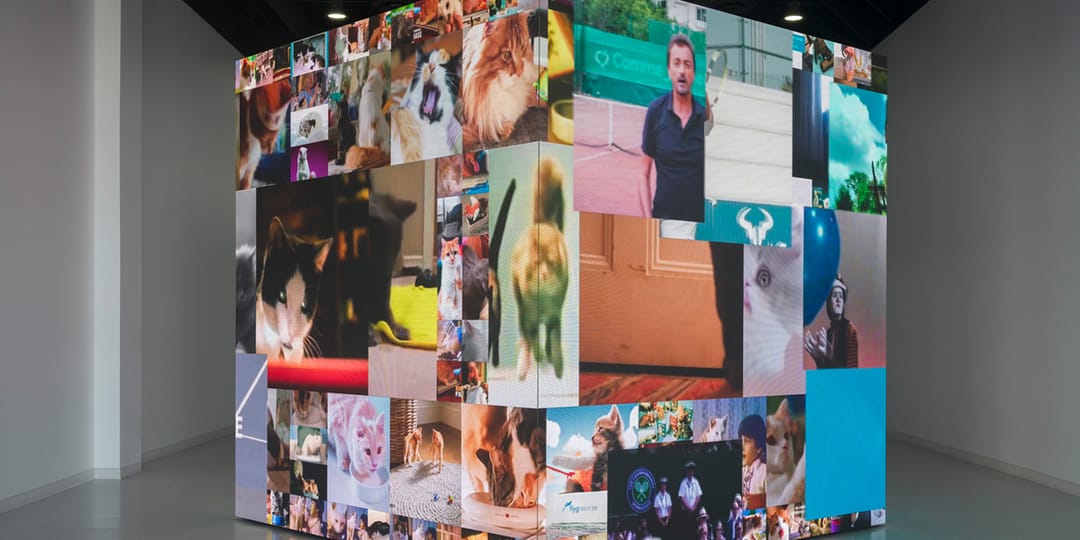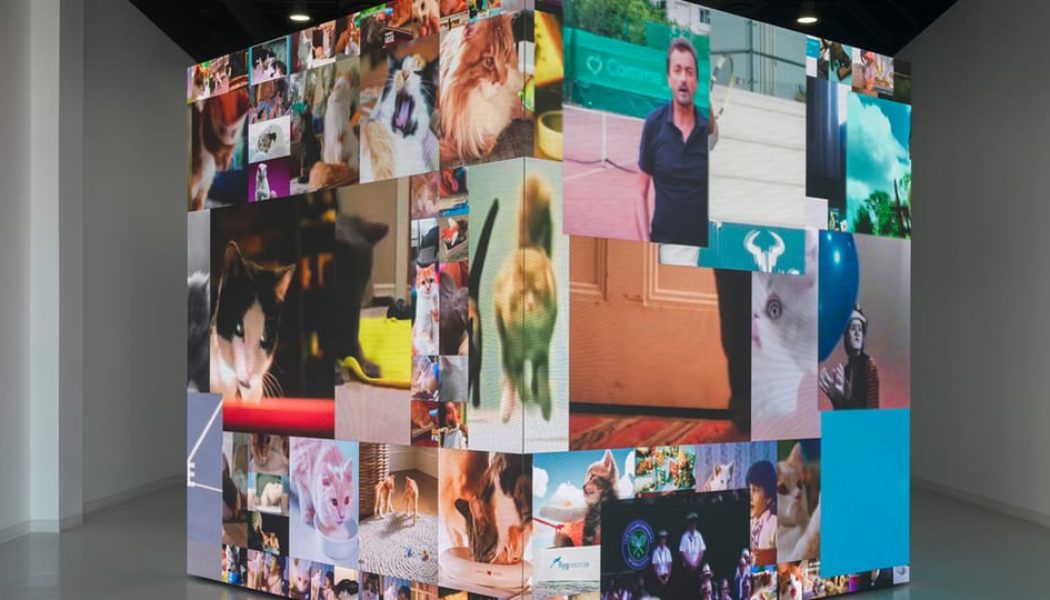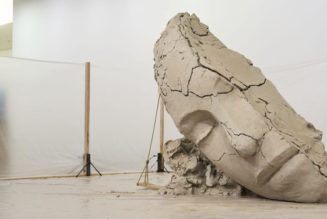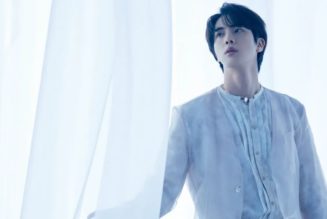
Much of his recent studies have resided in the boundless frontier of digital art, most notable in his CHAOS series of NFTs. Like Bad Timing, Lamb Chop! (2004-05) and similarly Frankenstein-like concoctions, such as Horse/Bed (2013), each animated artwork is like a thought-exercise where he laboriously recreates real objects in space. At times humorous, dizzying, and undeniably thought-provoking, everything from three-dimensional renderings of houses, eye charts, and fire hydrants float through one another in a jig-saw puzzle for the viewer to piece together. In Sleeptalker (2023), which depicts a sheet of film hovering through a purple vase, Fischer tells Hypeart that the inspiration came from a random film roll he bought on Etsy. “Say you find a photograph on the side of the street, you look at it and it becomes interesting,” he explains. “Anything you find in a different context, that’s not your own, you will think about it. It’s a story.”
Everything has a story, from a ceramic vase perched on a table to items discarded in the trash. On our call, Fischer talks about a pair of sneakers that he bought just prior to our interview. “The amount of civilization that’s in these sneakers is crazy — from footwear to marketing to distribution to the plastics developed and how to fuse and package them,” the artist stated. “In everything you see, there’s a ginormous amount of history. In some ways, this exploration [CHAOS] was also a way to treat everything equally — a piece of crumpled paper is the same as a diamond.”
Fischer is quick to note that he doesn’t really think NFT’s were made to be an artwork. Nor does he see the immersion promised through the metaverse as quite there yet. With that being said, he still finds it all too strange to observe how absorbed people have become into their phones. “You still go to the venue, but everyone looks at their screen to see the performance and almost understand things better when viewed on a screen, because a camera does some kind of editing for you.”









